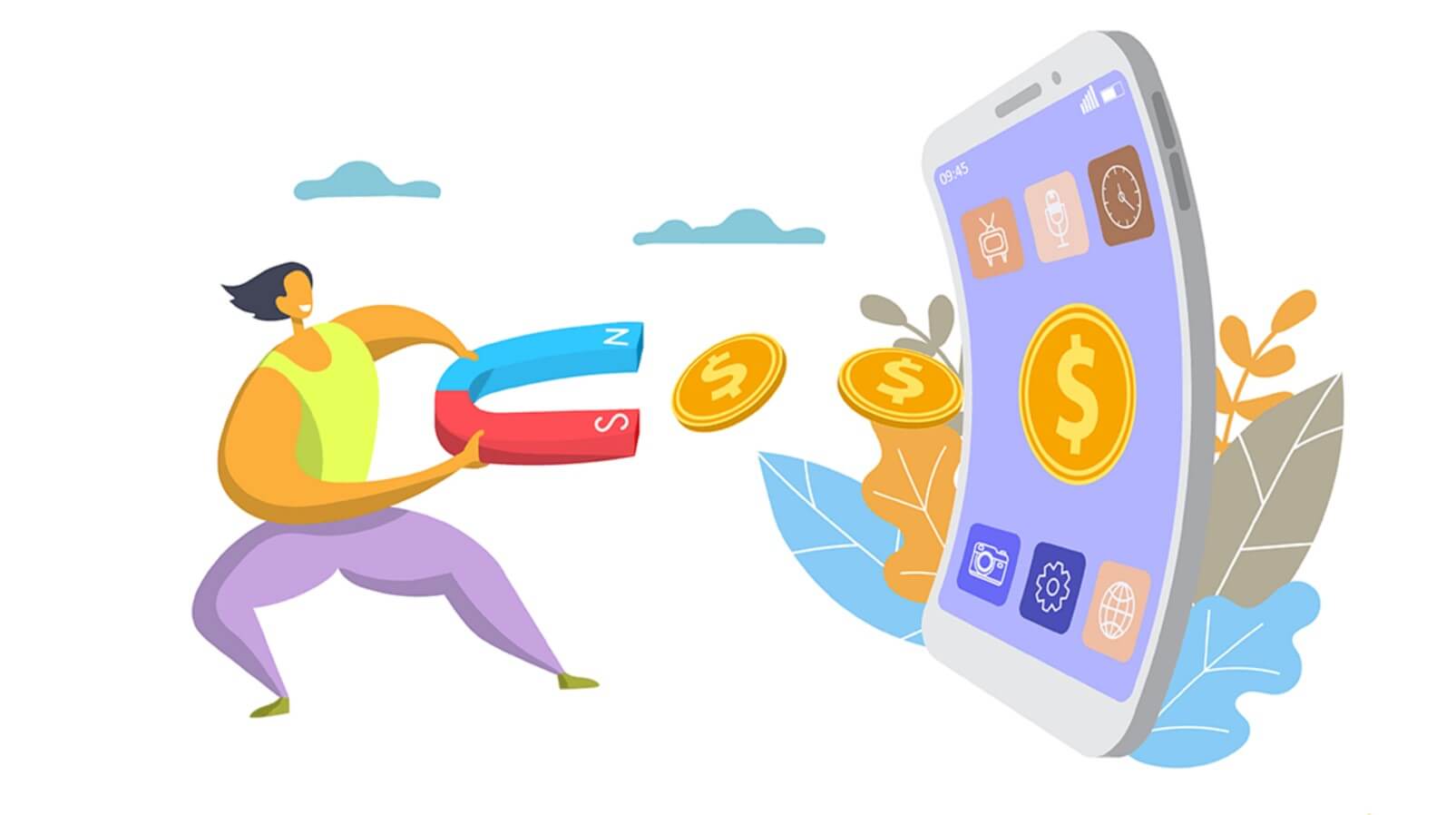App Monetization: In today’s digital world, mobile applications have become an essential part of our daily lives. Whether it’s for entertainment, productivity, communication, or education, there’s an app for everything. But for developers and entrepreneurs, the question looms large: How do you turn your app into a profitable venture? The answer lies in understanding the intricacies of app monetization and navigating the submission process for two of the largest app marketplaces – the Apple App Store and Google Play Store.
Understanding App Monetization

Before diving into the submission process, it’s crucial to explore the various monetization strategies available to app developers. Here are some popular methods:
- Freemium Model: Offer your app for free with basic features, and monetize through in-app purchases for premium content or additional functionalities.
- In-App Advertising: Display ads within your app and earn revenue based on clicks, impressions, or other engagement metrics.
- Subscription Model: Provide access to your app’s content or services through a subscription-based model, offering users a recurring payment option for continued access.
- Paid Downloads: Set a price for your app and allow users to purchase it upfront for full access.
- Affiliate Marketing: Partner with other businesses and earn a commission for driving traffic or sales through your app.
- Sponsorships and Partnerships: Collaborate with brands or companies for sponsorships or partnerships to promote their products or services within your app.
The Submission Process: Apple App Store
Submitting your app to the Apple App Store requires careful attention to detail to ensure compliance with Apple’s guidelines and standards. Here’s a step-by-step guide:
- Apple Developer Program: Enroll in the Apple Developer Program, which grants you access to the necessary tools and resources for app development and distribution.
- App Preparation: Ensure your app meets Apple’s guidelines regarding content, design, functionality, and security. Test your app thoroughly to identify and fix any bugs or issues.
- App Store Connect: Log in to your App Store Connect account and create a new app listing. Provide all required information, including app name, description, keywords, screenshots, and app icon.
- App Review Process: Submit your app for review by Apple’s App Review team. Be prepared to wait for a period of time while they evaluate your app for compliance with their guidelines.
- App Release: Once your app passes the review process, you can set its release date and make it available to users on the App Store.
- App Monetization: Choose your desired monetization strategy and implement it within your app. Apple offers various tools and frameworks, such as in-app purchases and subscriptions, to help you monetize effectively.
- App Store Optimization (ASO): Optimize your app listing for search by using relevant keywords, compelling descriptions, and high-quality visuals to attract users and improve visibility on the App Store.
The Submission Process: Google Play Store
Submitting your app to the Google Play Store follows a similar process but with some differences in requirements and procedures. Here’s what you need to do:
- Google Play Console: Sign up for a Google Play Console account, which serves as your dashboard for managing your app’s distribution, performance, and monetization.
- App Development: Develop your app according to Google’s guidelines, ensuring compatibility with various Android devices and versions.
- App Content Rating: Complete the Content Rating questionnaire to provide information about your app’s content and target audience. This helps determine the appropriate age rating for your app.
- App Release: Upload your app’s APK file to the Google Play Console and fill out all required details, including app title, description, screenshots, and promotional graphics.
- App Monetization: Choose from various monetization options available on the Google Play Store, such as in-app purchases, ads, subscriptions, or selling digital goods.
- App Review Process: Submit your app for review by Google’s Play Store team. They will evaluate your app for compliance with their policies regarding content, functionality, and security.
- App Distribution: Once your app is approved, you can choose to publish it immediately or schedule its release date. Your app will then be available for download to millions of Android users worldwide.
Best Practices for App Monetization
Regardless of the platform, there are some universal best practices to maximize your app’s monetization potential:
- User Experience: Prioritize the user experience by offering valuable content or services, minimizing ads or interruptions, and providing clear pathways for monetization options.
- Data Privacy: Respect user privacy and comply with data protection regulations by transparently communicating your data practices and obtaining user consent when necessary.
- A/B Testing: Experiment with different monetization strategies, pricing models, and ad placements through A/B testing to identify what works best for your app and your audience.
- Regular Updates: Keep your app fresh and engaging by releasing regular updates with new features, bug fixes, and performance improvements to retain users and attract new ones.
- Community Engagement: Build a loyal user base and foster community engagement through social media, forums, or in-app communication channels to gather feedback, address concerns, and encourage user participation.
- Analytics and Insights: Utilize analytics tools to track key metrics such as user engagement, retention, and revenue generation. Use these insights to optimize your monetization strategy and maximize profitability.
Conclusion
Monetizing your app is a multifaceted journey that requires careful planning, execution, and adaptation to evolving market trends and user preferences. By understanding the various monetization strategies available and mastering the submission process for the Apple App Store and Google Play Store, you can unlock the full potential of your app and turn it into a lucrative business venture. Remember to prioritize user experience, comply with platform guidelines, and continually iterate and innovate to stay ahead in the competitive app market. With determination, creativity, and perseverance, you can transform your app into a profitable success story that delights users and generates sustainable revenue for years to come.



